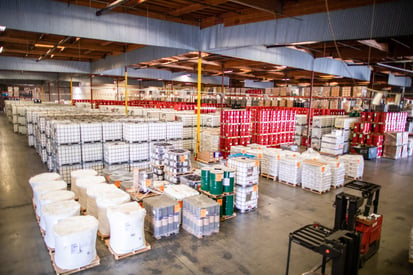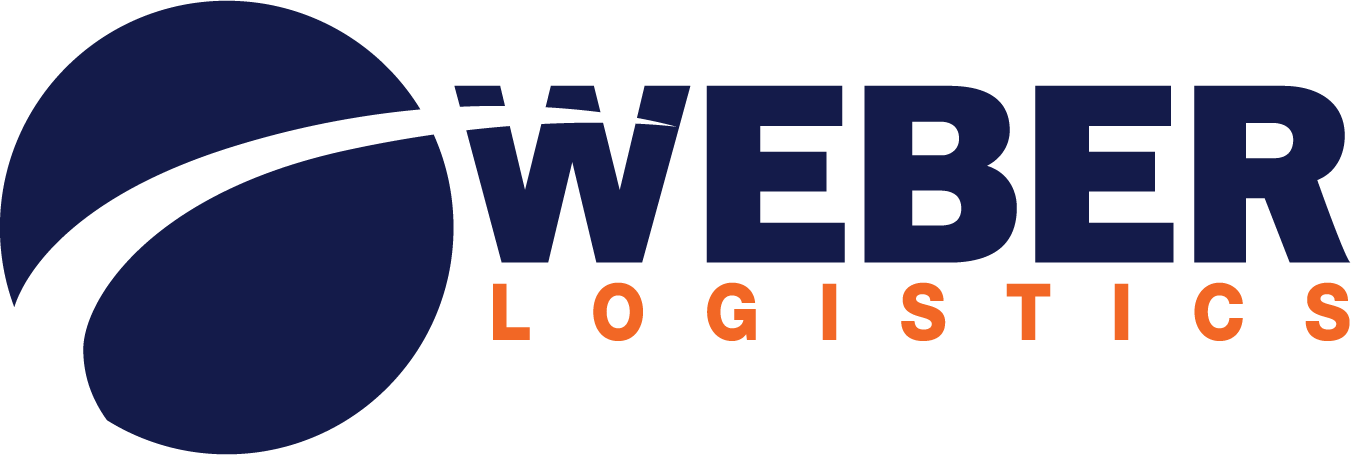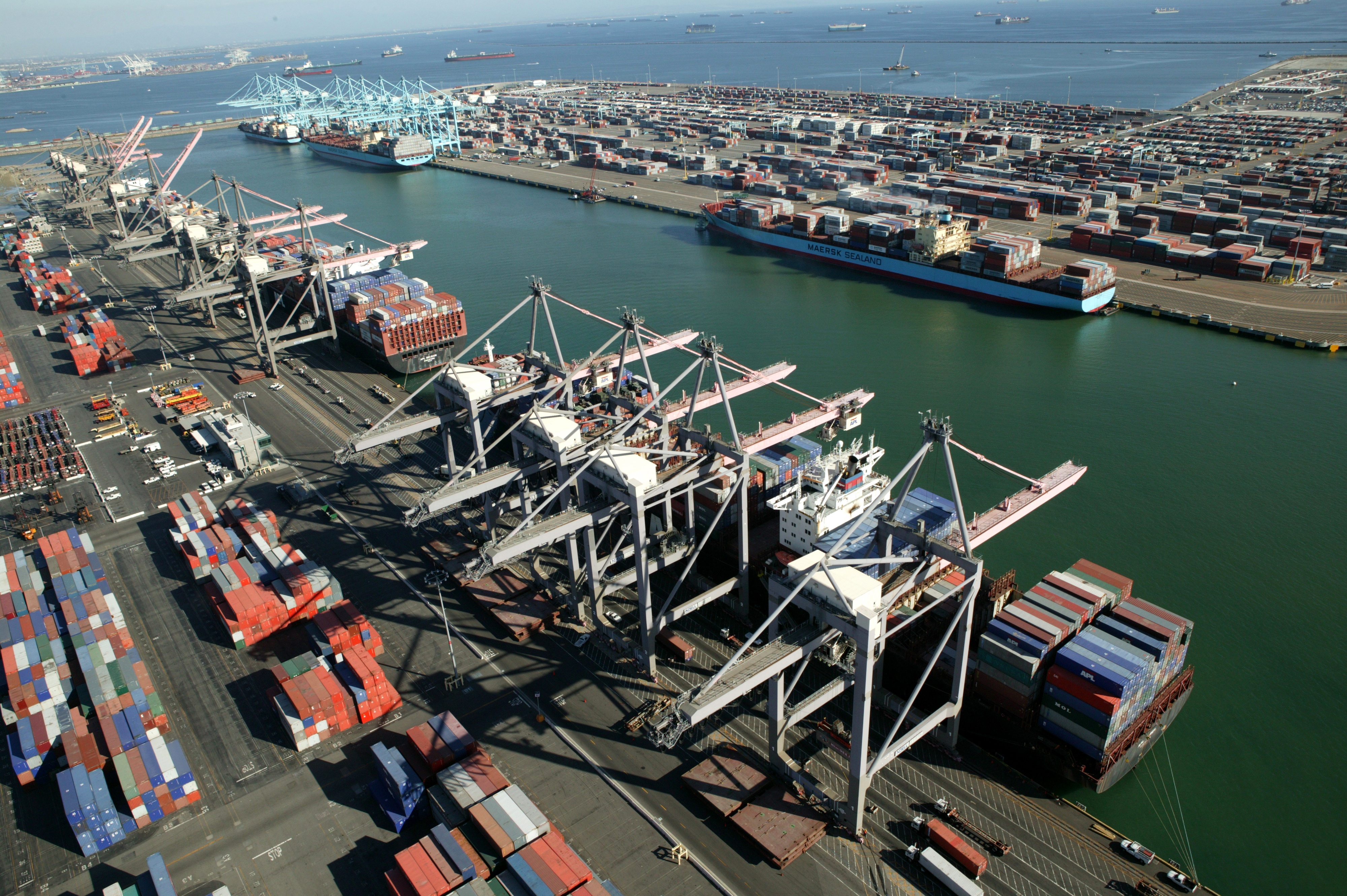When you partner with a third-party logistics (3PL) provider for chemical and hazmat warehousing, there’s a lot to consider during the vetting process. Among other steps, you’ll want to take a tour of the facility, interview management and associates, and ask for referrals. However, there is one other crucial component you don’t want to overlook: the auditing process.
Which agencies audit a hazmat warehouse?
 Most chemical and hazmat warehouses will undergo regular audits from local fire departments, air quality departments and public health departments. Many chemical 3PLs will go a step further and seek to be designated a “responsible distributor” by the National Association of Chemical Distributors (NACD). Much like AIB certification within the food industry, this designation by the NACD is considered to be the gold standard of safety within the chemical industry.
Most chemical and hazmat warehouses will undergo regular audits from local fire departments, air quality departments and public health departments. Many chemical 3PLs will go a step further and seek to be designated a “responsible distributor” by the National Association of Chemical Distributors (NACD). Much like AIB certification within the food industry, this designation by the NACD is considered to be the gold standard of safety within the chemical industry.
Part of the reason that a responsible distributor designation from the NACD carries so much weight is that – aside from the NACD’s stellar industry reputation – its audits are among the most thorough in the industry.
What does a hazmat warehouse audit entail?
The NACD’s audit is a full-day process that occurs every three years. The audit is comprised of two parts.
Part one of the audit includes a review of documentation such as the warehouse’s business operating license, fire department operating permit, SOPs, certifications, and training records and protocols. Part one will also include interviews with facility management and warehouse associates.
For companies that handle chemical transportation in addition to warehousing services, it will also include a review of registration from U.S. Pipeline and Hazardous Materials Safety Administration (PHMSA; a U.S. Department of Transportation agency).
Part two of the audit involves a tour of the hazmat warehouse in which the following inspections occur:
- Inspection of storage areas to ensure products are stored safely and secured to pallets
- Inspection of product positioning in relation to the facility sprinkler system to ensure adequate clearance
- Inspection of diking and containment measures (including personal protective equipment [PPE])
- Inspection of storage conditions (including segregation and environmental requirements) related to the requirements of each chemical class
- Inspection of hazardous waste removal processes (i.e., hazwaste must be appropriately labeled and disposed of within the required timeframe)
- Inspection to ensure that Safety Data Sheets (SDS) are present and accessible
Again, the NACD audit is as thorough as it gets. Audits from local agencies may differ in scope.
Is your 3PL audit ready? 5 things to look for
Hazmat warehouse auditing is a vital part of your chemical logistics operations as it confirms that your products are in good hands. It also helps to assure business continuity for you and your warehousing provider as warehouses that aren’t up to snuff can receive hefty fines and penalties that can disrupt operations. As such, you’ll want to have full confidence in your 3PL’s ‘audit readiness.’ Here are 5 things to look for:
- Ask for the facility’s licenses, permits and certification. A good way to ensure your 3PL is audit ready is to play the role of auditor yourself during the vetting process. You can ask to see business licenses, fire department operating permits, and PHMSA registration (if applicable).
- Ask about employee training. It’s not enough for your facility to be capable of storing your products – you need the men and women who handle your items to be knowledgeable and have appropriate hazmat training. You can ask to see records related to hazmat training and certification of the facility’s associates.
- Ask about audit history. If the facility has undergone recent audits, you’ll want to know when they occurred and what the results were. Information related to NACD audits – and the facility’s responsible distributor designation (if applicable) – are particularly helpful in separating the pros from the pretenders.
- Ask about Inventory tracking. Depending on the types of products you’ll store with your 3PL, its warehouse management system (WMS) capabilities related to inventory and segregation can be very important. For instance, in chemical warehousing it’s often essential that your provider’s WMS can segregate among chemical classes.
- Ask about CSR experience. Just as it is important to have experienced personnel handling your chemical and hazmat products, it can be equally important to have knowledgeable customer service representatives working on your account. CSRs with chemical experience help ensure that operations have the appropriate documentation each step of the way.
Finding the right hazmat warehousing 3PL
More than storage of any other type of product, chemical and hazmat warehousing is an operation best left to experts who understand the permits, licenses and certifications required for hazmat warehousing.
It is also expensive to go it alone as the infrastructure required to segregate chemicals can require millions of dollars in capital investment. Partnering with a 3PL greatly reduces the costs of the DIY method and removes the headaches involved in documentation and audits – the 3PL simply handles everything for you.
In addition to checking all of the boxes described above, some 3PLs go above and beyond when it comes to being audit ready. At Weber Logistics, for example, we have an internal compliance team that performs quarterly audits of chemical operations. These audits are every bit as stringent as those performed by the NACD.
The resultant reports are shared with our finance team – not operations – to ensure an unbiased assessment. Furthermore, these audits are tied to compensation, so management and associates are incentivized to keep chemical operations in tip-top shape at all times.
To learn more about working with a seasoned chemical logistics provider on the West Coast – and the benefits of integrating chemical warehousing, transportation, and port services – contact Weber today.





 Capital Management
Capital Management